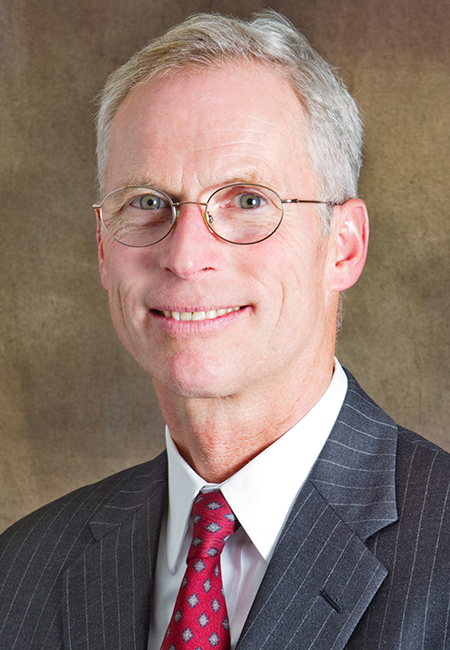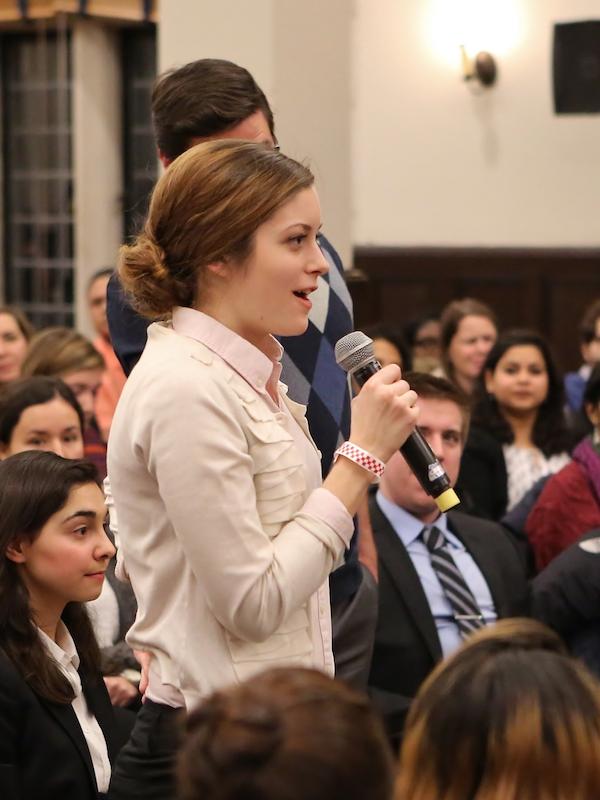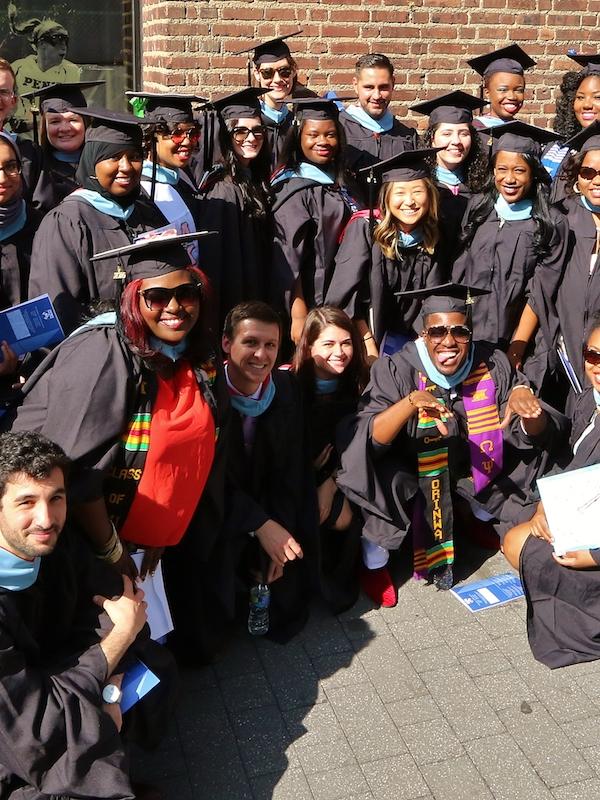Navigating Statewide Challenges
by Lini S. Kadaba
When James R. Johnsen, GRD ’06, left a labor relations post with the State of Alaska for one at the University of Minnesota, he didn’t expect to be a college president one day. But when he rose to chief of staff at the University of Alaska in 1998, he says, the then-president suggested he was top-dog material.

“Oh, come on, labor relations people never become presidents,” Johnsen recalls saying. Still, a seed was planted. When Johnsen became a vice president, he decided it was time to pursue a doctorate at Penn GSE. Today, as president of the University of Alaska, he oversees fifteen campuses thousands of miles apart with an enrollment of 35,000 full- and part-time students. Johnsen finds himself making tough choices while aiming to create economic opportunity.
“We’re in a major fiscal crisis in Alaska,” he says. The state and its university system are in desperate financial straits as revenue from the state’s bread-and-butter oil industry declines. For the 2017-2018 fiscal year, the state legislature cut $8 million from the university system’s budget.
In addition, Alaska suffers a large educational attainment gap. Johnsen says a quarter of the jobs in the state require a bachelor’s degree, and 40 percent an associate’s or certificate. “The state is producing about fifteen percent of those,” he says. “We import our talent. For example, the majority of the state’s K–12 teachers come from outside of Alaska.”
“I developed a set of habits and ways of analyzing the issues leaders encounter.”
Johnsen seeks to close the gap through his Strategic Pathways initiative, which grew out of his research at Penn GSE. “I developed a set of habits and ways of analyzing the issues leaders encounter,” Johnsen says of his experience in the Executive Doctorate program. “I really wanted to enable myself to be effective if one day I was going to be president.”
Through Strategic Pathways, Johnsen has brought together faculty, staff, and community members to identify ways to improve all aspects of UA—with less money. He is now implementing some of the hundreds of suggestions generated, working to consolidate procurement offices across campuses and schools, cut or suspend fifty degree programs, and reduce employees. Future phases will focus on online learning and partnerships with community colleges.
“It was bumpy at first,” he says of the implementation. “I learned more about leadership. I go back to some of the readings I did at Penn GSE to ground myself and even find solace as I deal with these changes.”
This article originally appeared in the Fall 2017 issue of The Penn GSE Magazine.




